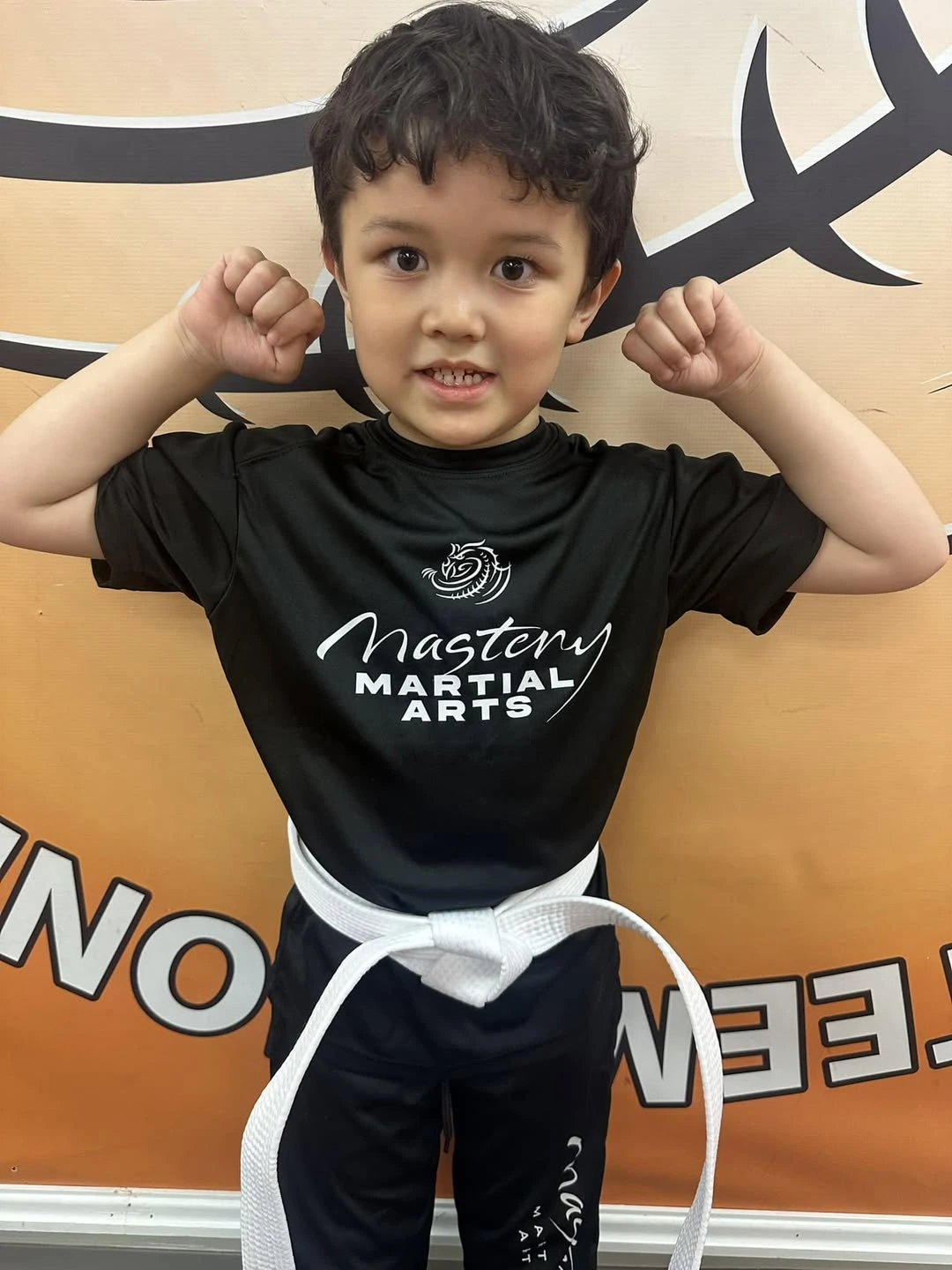Martial arts can be a powerful way to boost your child’s confidence and physical fitness. Yet, as parents, you want the benefits without the worry of injuries. That is where child martial arts emergency preparedness comes into play. According to recent data from the National Federation of State High School Associations, youth participation in martial arts rose by over 13,000 participants between 2018 and 2022. So, it is no surprise that more and more families are looking for safe, effective classes. Below, you will find clear guidance on common risks and how to prevent them.
Embrace Martial Arts Benefits
Martial arts, including styles like Jiu Jitsu and TaeKwonDo, offer a holistic approach to your child’s development. Children gain self-defense skills, become more aware of their surroundings, and feel a natural sense of accomplishment. Multiple studies confirm that these disciplines improve focus, reduce stress, and promote self-control—skills that translate to less bullying at school and a stronger sense of security. You also give your child a steady framework for health and resilience, preparing them for everyday challenges.
Good news—martial arts training can even extend beyond the mat. You will notice better agility and coordination, plus a growing ability to stay composed under pressure. This readiness matters if emergencies arise, from minor incidents like falls to serious threats. With a balanced curriculum, your child learns when to take quick action and when to calmly defuse a situation.
Recognize Common Risks
Even with all their benefits, martial arts are not injury-proof. For children, common issues include abrasions, bruises, sprains, and strains. Overuse injuries, such as stress fractures and muscle strains, show up frequently among young martial artists and were the most common injuries treated in emergency departments for ages 12–17 between 2004 and 2021.
The table below sums up some typical risks:
| Injury Type | Common Causes | Tips for Prevention |
|---|---|---|
| Abrasions & Bruises | Falls, ground contact, partner drills | Wear properly fitted protective gear, ensure good mat maintenance |
| Sprains & Strains | Overextending joints, repetitive motions | Warm up thoroughly, follow proper technique |
| Cauliflower Ear | Repeated impact to the ear (common in grappling) | Use headgear, emphasize safe training partners |
| Concussions | Strikes to the head, falls during sparring | Wear headguards, maintain controlled sparring |
| Stress Fractures | Excessive overuse without rest | Schedule rest days, rotate training intensity |
Knowing these possibilities helps you better assess a facility’s training practices. Always look for a program that balances rigorous instruction with proper safety procedures.
Maintain Good Prevention Practices
A well-supervised training environment is the best way to keep your child safe. Here are some tips to consider:
-
Wear Appropriate Safety Gear
Headgear, mouth guards, shin and foot guards, and chest protectors can reduce the chance of serious injury. Make sure everything fits your child well and is in good condition. -
Choose The Right Environment
The facility should have well-maintained sparring mats, protective pads, and enough floor space to avoid collisions. You can explore more advice at child-friendly martial arts safety tips. -
Verify Instructor Credentials
Instructors certified in first aid and CPR help ensure proper care if the unexpected occurs. Schools such as Mastery Martial Arts – Troy—one of the safest schools in Michigan—emphasize instructor qualifications, regular equipment checks, and structured lesson plans. These features ensure your child is in safe, capable hands. -
Encourage Consistent Technique
Techniques should be taught step by step, with lots of practice and feedback. Children who learn proper form from the start have a lower risk of injury and a higher chance of building real confidence.
Encourage Regular Drills And Preparedness
Emergencies can happen anywhere, from a sparring session to the school playground. That is why monthly “child self-defense drills” or practice scenarios can be so valuable. Much like fire drills, these short rehearsals help your child:
- Identify exits and safe spots in a room or building.
- Respond quickly and calmly to a threat or crisis.
- Use their martial arts training safely if an encounter escalates.
Good news—research shows that integrating frequent short drills in your child’s daily or weekly routine increases skill retention. You will also see a boost in decision-making and emotional control. Whether your child is dealing with a stressful situation or simply practicing new moves, staying consistent with drills strengthens their readiness.
Take The Next Step For Safety
By embracing martial arts, you are giving your child a unique blend of self-defense skills and psychological resilience. Yes, there are natural risks. However, you can mitigate them by choosing a quality program, adopting proper safety gear, and practicing drills at home. Mastery Martial Arts – Troy stands out as a safe and family-friendly example, focusing on both physical and emotional well-being to help your child grow with confidence.
Take the time to ask about the instructor’s qualifications, verify that equipment is well-maintained, and try a sample class to see if it fits your child’s comfort level. When you pair solid training with supportive habits, you equip your child with tools to handle life’s uncertainties head-on. You have got this, and as the data shows, even small steps toward child martial arts emergency preparedness can yield real peace of mind.



